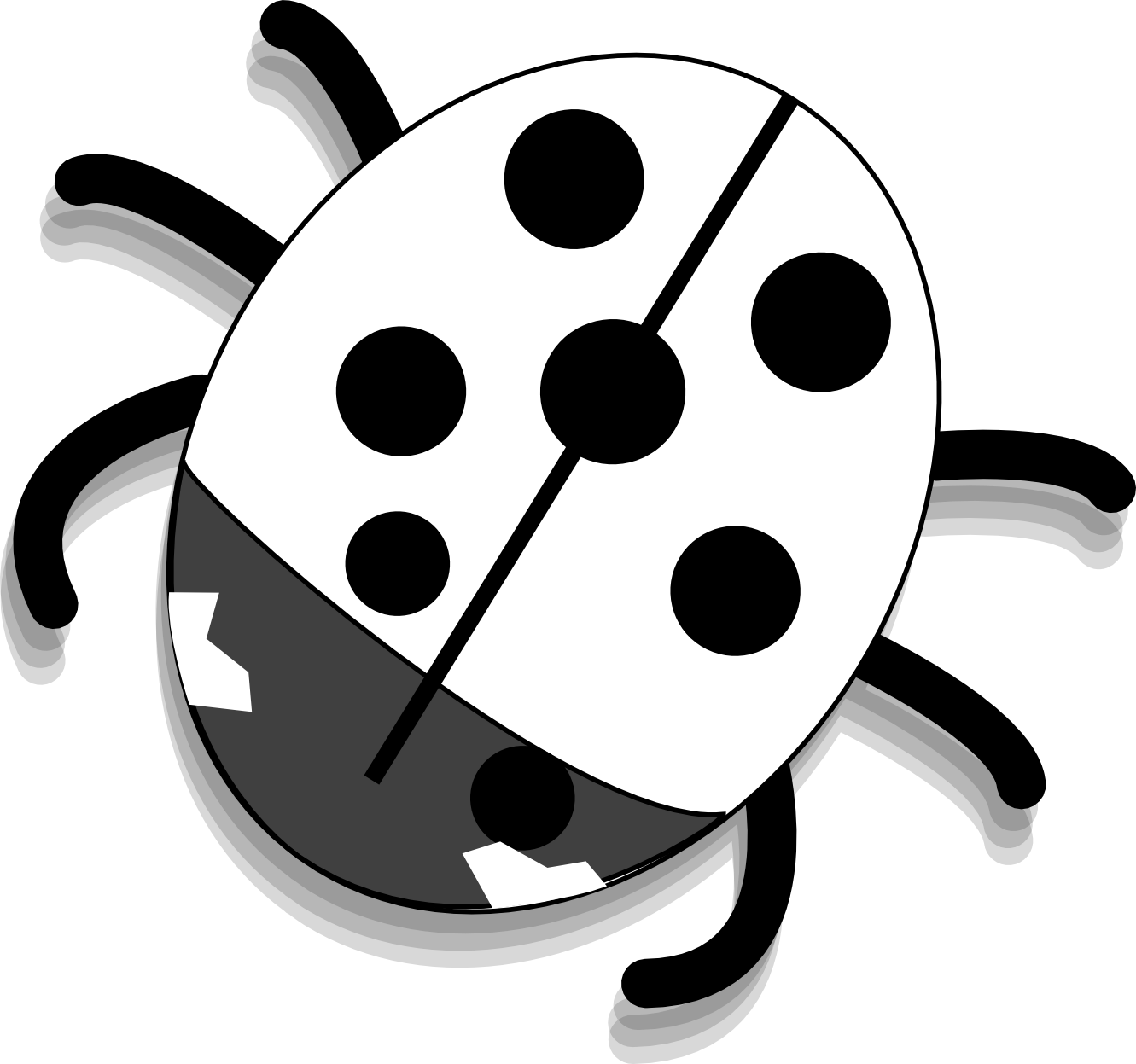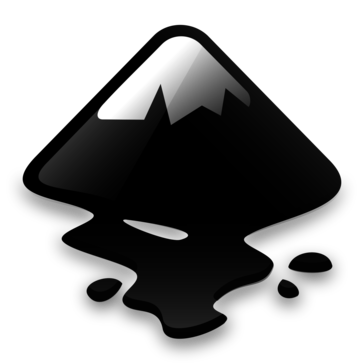

All of these promotional materials use the same graphic but each a different size. Think vectors when it comes to a logo that needs to be on a flyer, a banner, a business card, or that cool company coffee mug you’re giving away as an incentive gift. You’re a busy person so you shouldn’t have to worry about re-designing your graphic each time you need more branded material.

That’s why vectors are the perfect file type to use when creating a graphic or image that will require frequent resizing. This mathematical formula makes vector images infinitely scalable and resizable without losing quality. Vectors are images that are designed using a mathematical formula, rather than pixels. But go one step further and you’re seeing file formats for the design elements you need that might as well be another language-PNGs, JPGs, GIFs, Vectors, and the list can go on! To create that awesome design you’ve been sketching out for weeks on napkins and scrap paper, you need to know your file types, how to manipulate them, and which one is best suited for your design work needs. There’s the terms you may or may not be familiar with such as composition, alignment, contrast, and design elements. When it comes to design, there’s a lot of jargon thrown around that can be a bit overwhelming to a new designer.


 0 kommentar(er)
0 kommentar(er)
